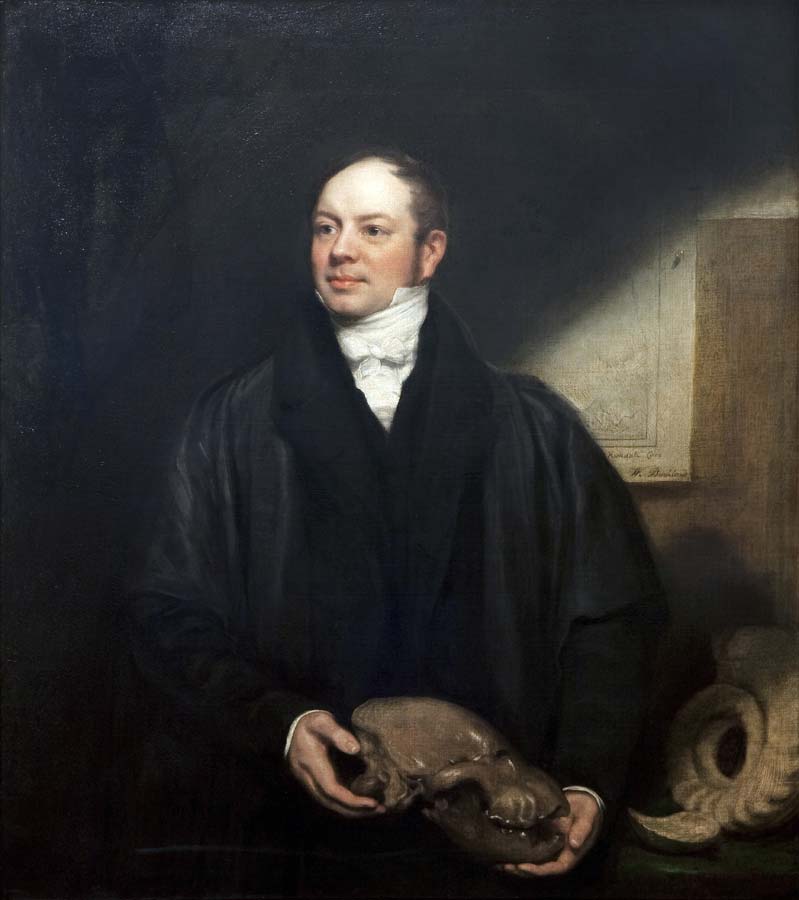On the north wall of the chapel of St Andrew in Westminster Abbey is a white marble memorial to chemist and poet Sir Humphry Davy. The tablet was erected by Lady Davy and is by sculptor Sir Francis Chantrey. The inscription reads:
To the memory of Sir Humphry Davy Baronet, distinguished throughout the world by his discoveries in chemical science: President of the Royal Society; member of the National Institute of France. Born 17 December 1778 at Penzance. Died 29 May 1829 at Geneva where his remains are interred.
He was a son of Robert Davy, a woodcarver of Penzance in Cornwall, and his wife Grace (Millett). He attended school in his home town and later at Truro. Chemistry was his first interest and he worked on the theory of heat. He was assistant to Thomas Beddoes in Bristol and discovered nitrous oxide was "laughing gas" but could be used as an anaesthetic. By 1801 he was eminent enough to get a post at the Royal Institution in London and was a brilliant lecturer. His fame came with his invention of the miner's safety lamp and he also discovered electrolysis, isolated iodine and also wrote books on fly fishing and travel. Davy encouraged the young Michael Faraday who would later eclipse him. In 1812 he married Jane Apreece (nee Kerr) and in the same year Davy was knighted. They had no children. His death followed a stroke while he was in Switzerland and he is buried at the cemetery of Plain-Palais in Geneva.
Further reading
Oxford Dictionary of National Biography 2004
See also The Royal Institution for his collections

This image can be purchased from Westminster Abbey Library
Image © 2024 Dean and Chapter of Westminster










